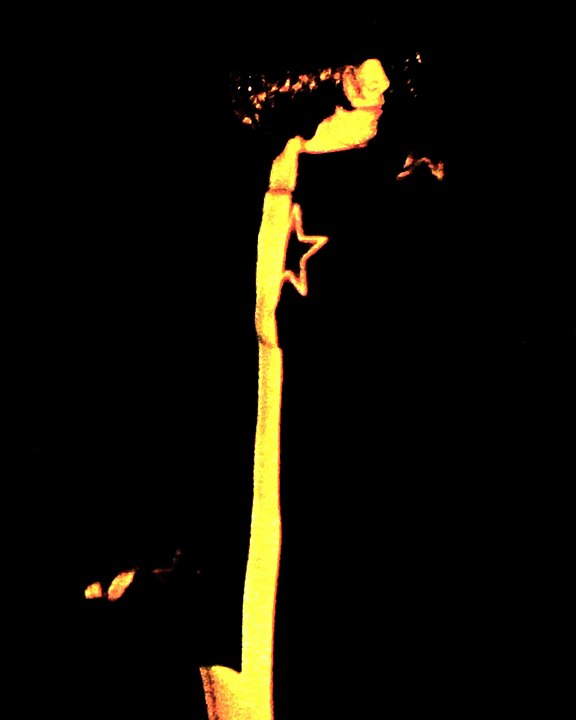I was born and grew up in 1950s-70s Christchurch, New Zealand/Aotearoa and I was surrounded by the dominant European culture with little exposure to Maori society and only superficial glimpses of the art or "Toi". Later, when looking at local indigenous motifs, I couldn't help noticing their similarity to the Minoan and Greek pottery motifs that I was familiar with from High School art class and Art History 101 and personal study. It's not surprising as both were sea going peoples and encountered the same or similar shapes and forms and had access to the same or similar white clay, black soot and red ochre pigments. Personally I believe that art shows that all the peoples of this world have more in common than not and art can celebrate both our individuality and our oneness.



























“Tangata Tiriti” - The Raparapa the fingers of the maihi symbolising the Tangata Whenua entwine with the fingers of the Tangata Tiriti. The red is the Māori and the black the non-Māori who belong to the land by right of the Treaty. Black not because of evil but because of the darkness of a lack of knowledge and understanding of a very different culture in a new land. The two are coming together in the clasped hand. The white symbolises the hope of peace and willingness to accept the differences and similarities of the two.
1. Acrylic on MDf 50cm x 50cm (framed)
A finalist for the Molly Morpeth Canady 2021 Award.
SOLD